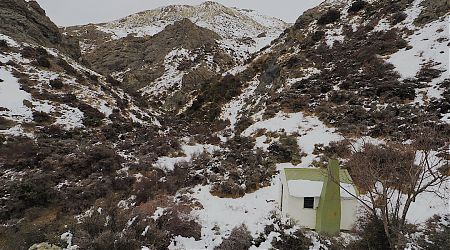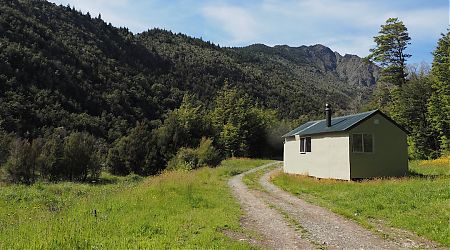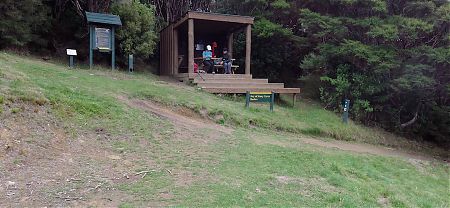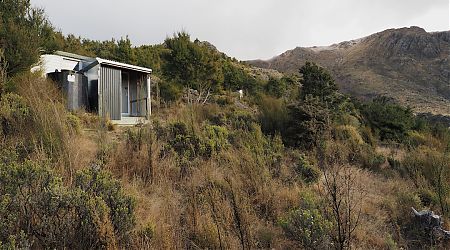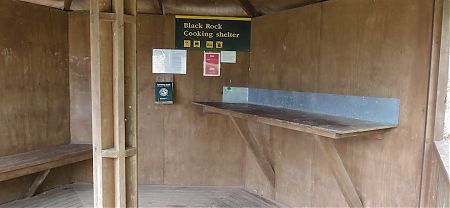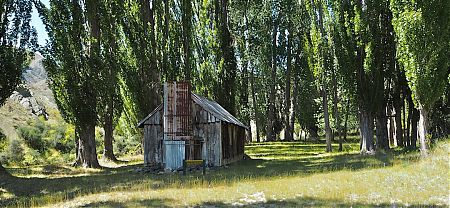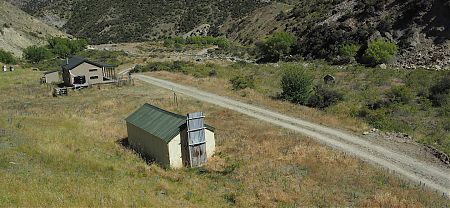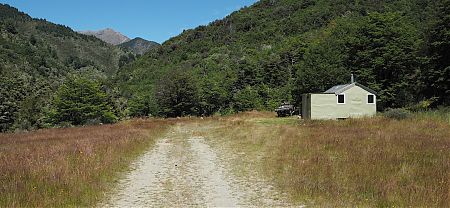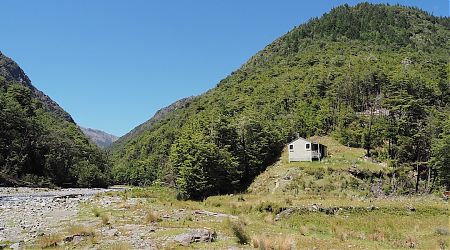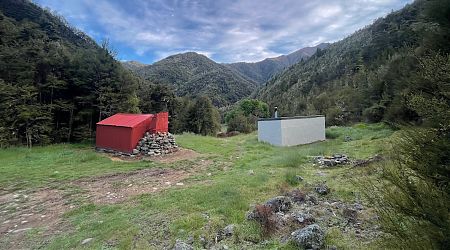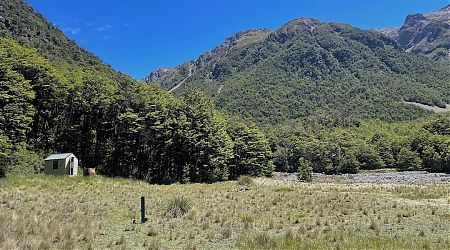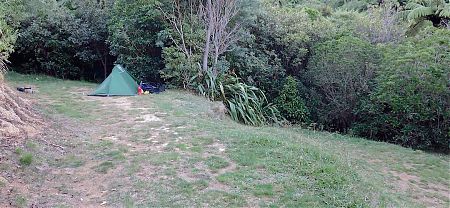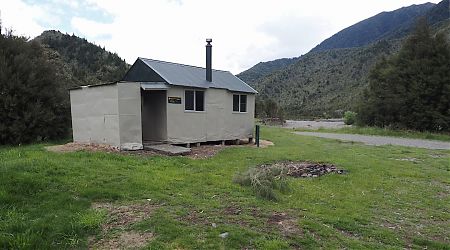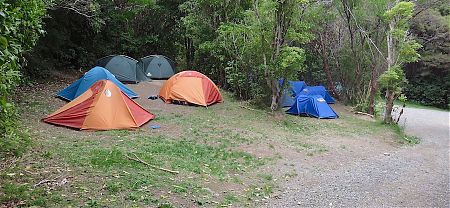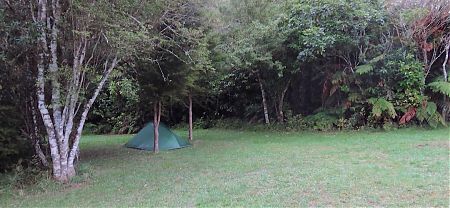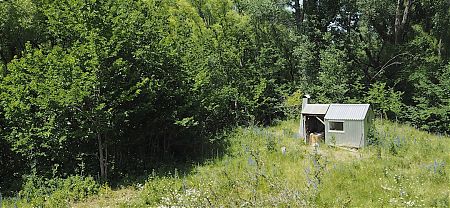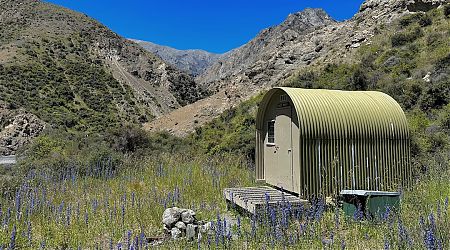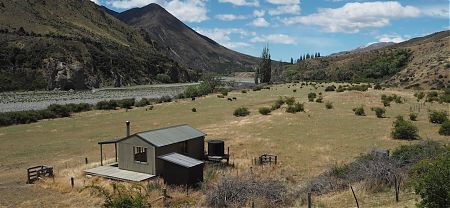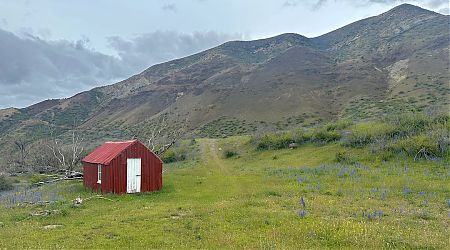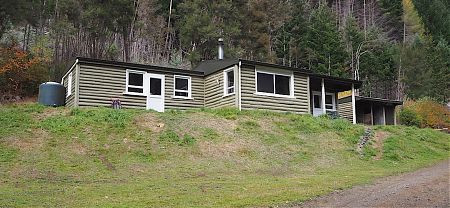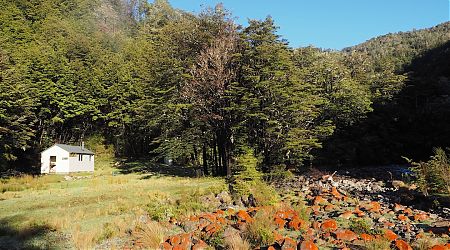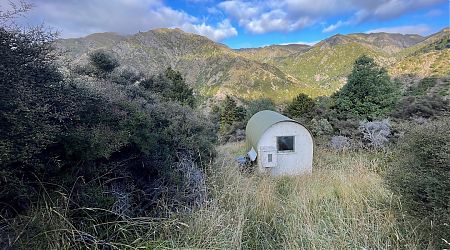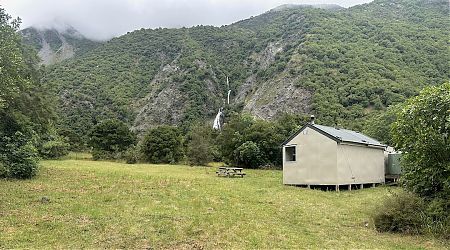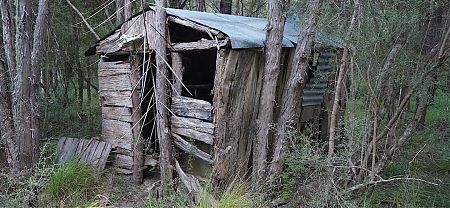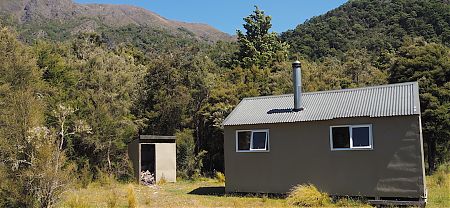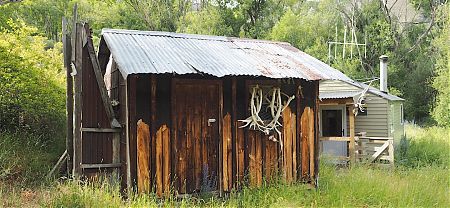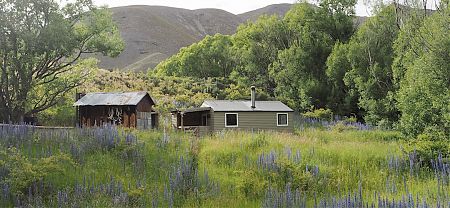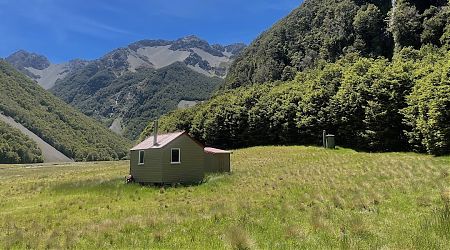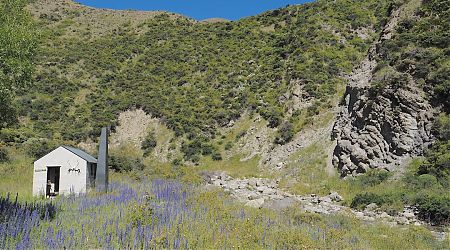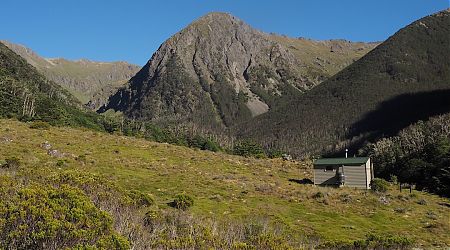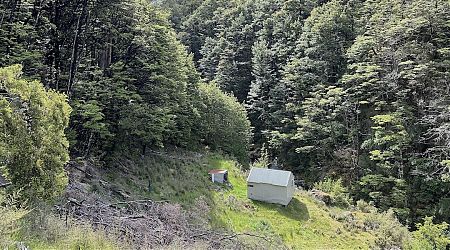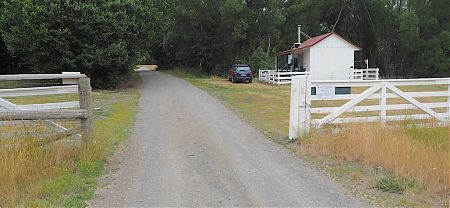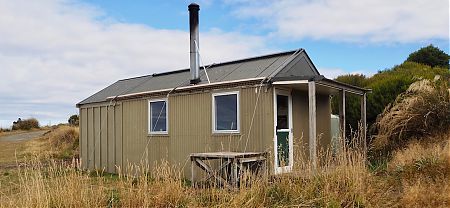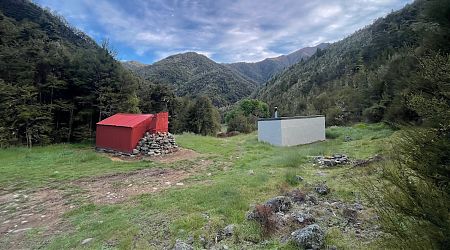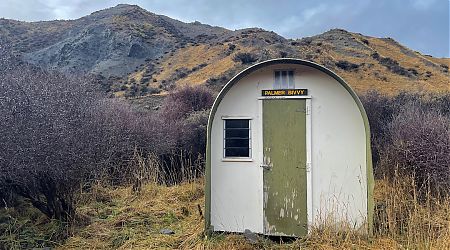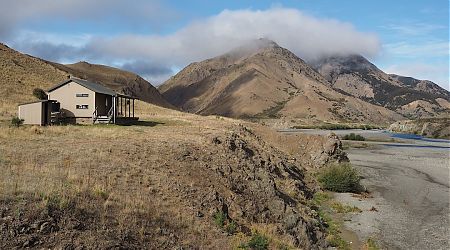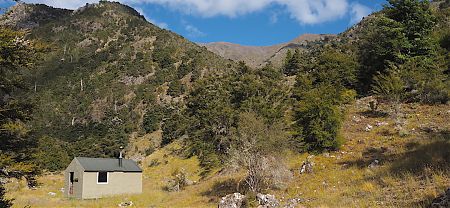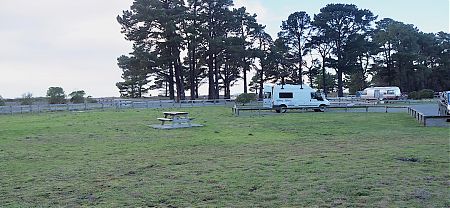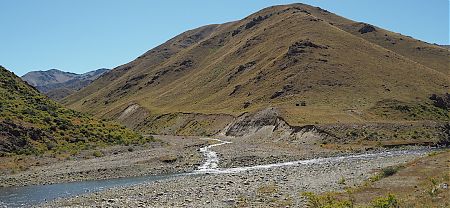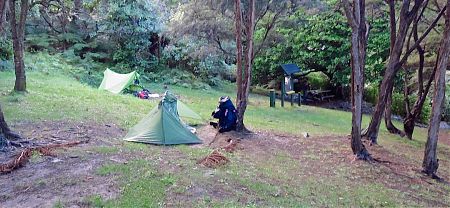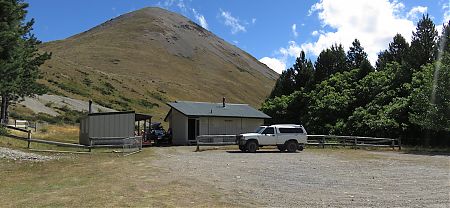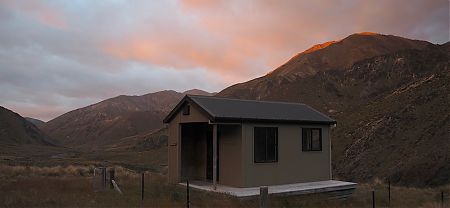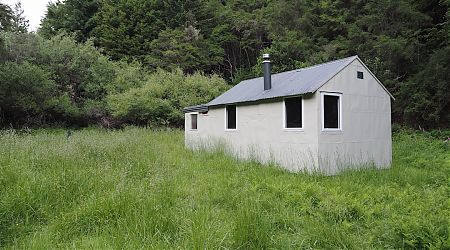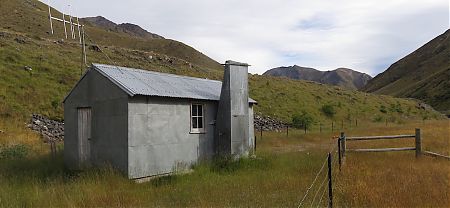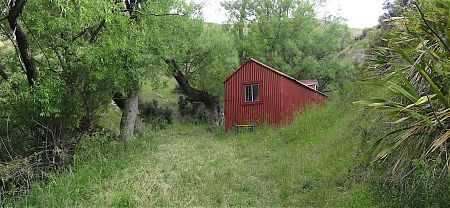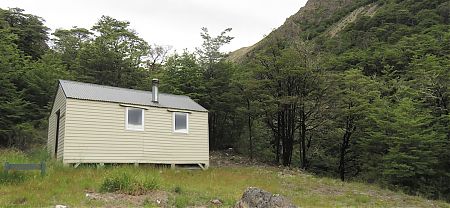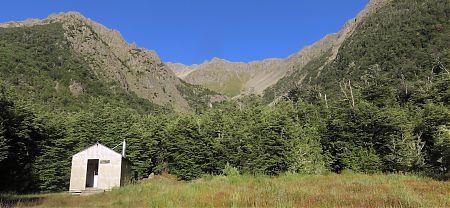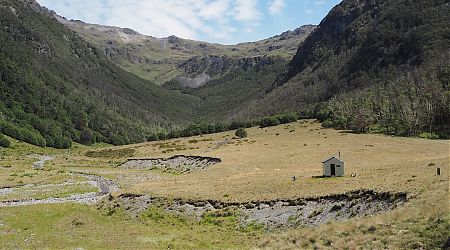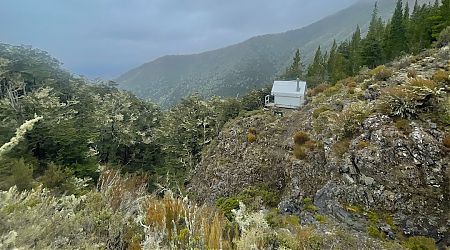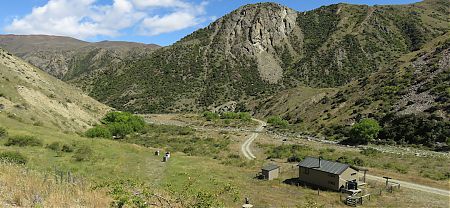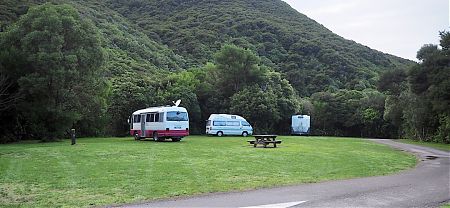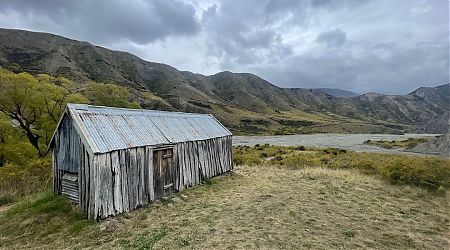Marlborough huts and bivvies
There are a fair number of huts or bivvies scattered through the Marlborough hills.
Some are from the New Zealand Forest Service animal control days, some are musterers’ huts. A few have been built more recently by DOC for recreational purposes.
Most are relatively little used, people haven’t yet seen the advantages of walking in the region, ie, generally dry weather, fewer trampers than some other areas, the generally good quality of the huts, and the easy-ish walking.
Here are some of the region’s huts . . .
A roomy four bunk hut in original condition: open fire, two louvre windows and a galvanised steel benchtop.
Not much used by trampers. Just the occasional hunting party, and visitors passing through in their motorised transportation.
At first sight, the Bay of Many Coves campsite doesn’t look so special, but there are a few splendid sites in the manuka behind the shelter. Actually, these are probably the most pleasant campsites on the entire Queen Charlotte Walkway.
The old Black Birch Bivvy was relocated in 2015 from down adjacent to the stream up onto the tops, and also extended to be more than double the original size.
A great view to be had at the Black Rock campsite, on the top of the ridge, looking straight over to Picton. You can watch the ferry’s comings and goings.
In the 1970s it was done up, including the pouring of a rough concrete slab, and adding mud between the timber slabs, but is now in only average condition.
While it might be used on occasions in an emergency, Warden Hut is only a few metres away and is very much more comfortable accommodation.
It’s in surprisingly good condition, considering that it is possible to drive a four-wheel drive to the front door.
If everyone who visited pulled out 50 conifer seedlings, we might not do much in the frightening scheme of things with conifers appear to be taking over, but the clearing and river flats might be devoid of trees for a while.
This is a shoebox of a hut, with a concrete floor and mono-pitched roof.
Beautifully sited, and even has a louvre window to admire the view down the valley, although many will choose to leave the door open as well to reduce the claustrophobic feeling.
The Camp Bay campsite is down by the water, Endeavour Inlet, but not actually with specific water views, at least from your campsite.
The hut is in good nick with two large single-glazed aluminium windows and the door recently installed.
You will find two substantial kitchen structures, water at the sinks, flush toilets, and, typical DOC style, almost level camping areas that you may, or may not, be able to fix your tent pegs in.
Flush toilets, and a zany kitchen shelter that has a water tank and some benching, and a choice of two camping areas, one by the water, not close to the facilities and another with almost level camping sites, surrounded by regenerating scrub. What more do you need?
Very compact, but reasonable accommodation for two.
Rarely visited, mostly by goat cullers, this little bivvy is in good condition.
Forbes Hut is on a river terrace above the Clarence River, in a cattle paddock, so might not be obvious to those passing by while seated in their kayak, or raft out on the river.
Not really inhabitable: no bunks, one small window, dusty dirt floor.
It’s a 14 km trudge up a flattish four wheel drive track to the 1976 Greigs Hut.
Not often visited, but the Wye River valley is quite beautiful.
Okay for two inhabitants, but more people would be a real squeeze.
Considering its traffic, the old New Zealand Forest Service SF70 hut is in surprisingly good condition.
She’s decrepit. Wouldn’t want to stay there.
Refurbished when the base hut structure was relocated from down the valley at the Tummil River junction.
An interesting variety of cladding on the exterior: flattened kerosene tins, corrugated steel, and some vertical timber slabs.
Now a very comfortable hut, except there is no water tank and if the very small creek near the hut is dry, it is a long walk down to where there is a good flowing stream.
Some may be disconcerted by the taxidermically attended to chamois head that appears to survey the room from high on the wall.
The hut is in fairly original condition and in as sunny a spot as you find.
Once the super attractive fan waterfall is reached, the track is entirely gorgeous.
Mid Silverstream Hut is perched above Silver Stream in a small clearing.
Molesworth Cob Cottage campsite is where you join those in vehicular transportation, and pay for the privilege.
Seems climbing Mount Fyffe is A Thing these days, and some prefer to stay in the hut somewhat near the top to enjoy the sun rise over the Pacific from on high.
On the timber sarking is a famous name, Ed Hillary, together with others dated June 1944.
The bivvy is well preserved as few actually stay, mostly DOC contract hunters who rid the area of a few hundred goats on each visit.
It’s a big double-glazed hut to accommodate the rafters about six hours paddle downstream after launching from the Acheron landing. And occasional hunting parties who either attempt to exterminate the considerable goat presence, or complain about the lack thereof.
Not many visitors here, and half of them seem to be hunters dropping in by chopper for a few days stay. The hut, therefore, is in good condition.
Not great for those in a tent, who at least get some grass.
Saxton Hut is a recent addition that can be used both on the East West route, and the Leatham/Molesworth route.
Schoolhouse Bay is somewhat lacking in amenities, no kitchen shelter here, just a tap on a post, and the campsites are deficient in one expected requirement, ie, it sure ain’t flat.
This hut is used extensively by fly fishermen who spend their days patrolling the nearby Wairau River and various small lakes, and nights, err, drinking and talking about their day.
Occasionally hunters come and stay for a few days which bumps up the bunk night figures.
Siberia Hut is located there because of the natural river crossing with a broad gravel bottom.
Team Hut is an example of a musterers’ hut from back in the day.
Tent Poles Hut is a classic station hut, that once accommodated ten people in bunks.
Top Gordon Hut is in a sunny location with a reasonable outlook, although aren’t those all conifers up there on the north side of Gordon Stream?
Used by recreational hunters, and those on the Leatham/Molesworth route circuit.
Not sure about the sense of humour of the New Zealand Forest Service employees who named this stream, but it is surprising when you actually venture up the valley, it is as delightful a walk as you could wish for.
Sited thrillingly on a rock outcrop, with a view down to the Waiau River, when the door is left open.
For those who have just trudged over Blind Saddle this is a splendid place to spend a comfortable night.
At the site of the restored historic 1866 cable station.
This glimpse into our past deserves some more love for future generations to appreciate.
